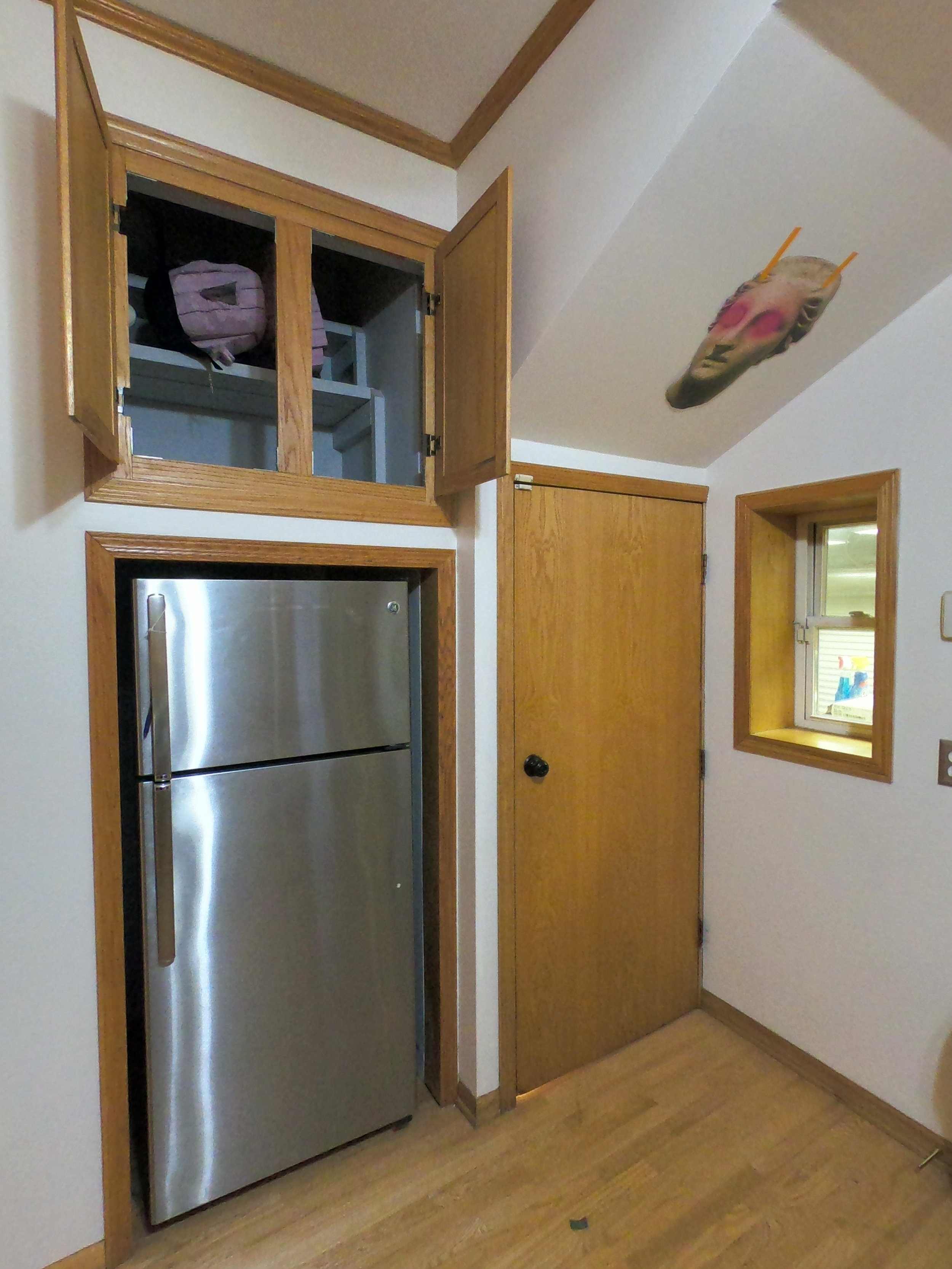Hunt and Play
Opening Reception
September 21st, 6-9pm
1309 N Leavitt St.
Jonathan Korotko is an artist who works with fiber in sculptural form. In his current practice, Korotko examines the intersections of aesthetics coming from his own familial history and what an empowering queer aesthetic might look like today.
As a maker, Jonathan Korotko thinks of ways to allow people to connect to a sense of political agency and community through aesthetic form. His understanding of aesthetics and taste are very personal. Korotko looks to his grandmother, who in her time was an extreme personality. She smoked out of an extender, always had a drink in hand, wore mismatched colors and patterns, and donned feather boas instead of scarves. She helped him understand that dressing and one’s style serves as a very personal way of asserting agency. When looking at his process, Korotko begins with the interior spaces and domestic objects from his childhood that may appear mundane but for him have always held a sense of poetics and beauty within them. He is interested in ways objects can be just as influential as people in one’s coming of age. He draws or sketches as a way to remember and re-imagine these objects as fabulous and living up to their full potential.
Moving into making sculptures, Jonathan Korotko uses materials that represent his grandmother’s sense of flair and what some might consider her “bad” taste. He wants people to think about the significance of style as part of political mobilization in queer history. Korotko is interested in camp aesthetics as a form of play that distorts traditional norms of appearance. His work mimics spaces and objects that are traditionally associated with certain gender norms and class, in order to create a new sense of opulence and whimsy. By doing this, Korotko embraces the aesthetics that have empowered him in his queer youth. He wants viewers—especially young viewers—to feel empowered.
Jonothan Korotko was drawn to and identified with certain objects: flamboyant ones, feminine ones. If viewers see his objects and are drawn to them, he wants the viewer to feel affirmed in their desires or fantasies. There is no shame in this.
Never Had a Jumpshot, Never Had a Plan
Opening Reception
August 16th 5 - 9pm
1309 N Leavitt St.
James Williams II is a curator and interdisciplinary artist whose work encompasses painting, sculpture and photography. His works center on topics of social and cultural identity in the United States tied together by self-portraiture and narration. His most recent project was curating the show, Whatchamacallit. The exhibition, accompanied with a publication, focused on superimposed identities and the growing obsession over them. Williams is the recipient of the MFA Joan Mitchell Foundation award, the Bromo Seltzer Fellowship, and served as artist-in-residence at School 33 in Baltimore, Maryland. Williams, originally from Upstate New York, received his master’s degree from the Mount Royal School of Art at Maryland Institute College Art (MICA). He currently teaches at MICA and serves as Program Director at Hamiltonian Artists in Washington, D.C.
James Williams’ work centers on social and cultural identity in the United States tied together by self-portraiture and narrative. During an attempt to make sense of race and visual representation for his five-year-old daughter, Indigo, Williams began to see similarities between her anthropomorphic cartoons and the origin of racial constructs in America, particularly in Black Americans.
Anthropomorphized animals and inanimate objects in traditional stories or Disney movies are relatable to children. One of the main purposes of these stories is to help children differentiate between what is perceived to be “good” and “evil” in this world, therefore leading to a biased understanding of race. James Williams’ work uses satire and visual riposte to challenge the ambiguity of the black construct as both an object and racial classification. He uses shadows, video, paper, velcro, and sculpted wooden objects to find humor in the inaccuracies and indecisiveness of racial classifications of Black Americans and the achromatic color they both share.
Highly Illogical — June 1st - August 1st














